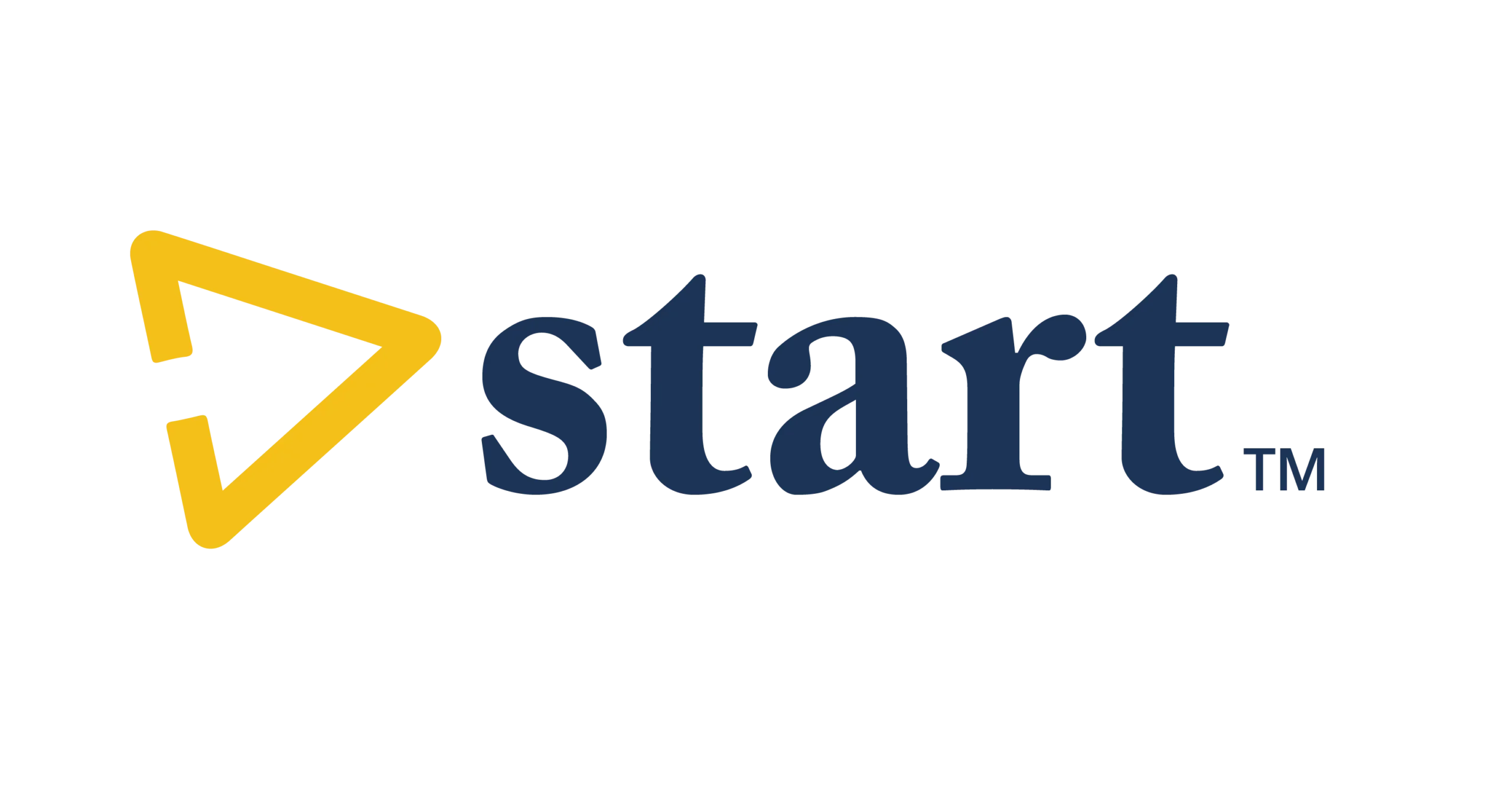
Healthcare can be a costly affair, and navigating through the intricacies of medical bills and insurance claims can often add an extra layer of stress. Traditional health insurance models have their limitations, with patients often grappling with surprise bills. However, a new and innovative approach to healthcare financing is gaining traction – the healthcare reimbursement model. In this article, we’ll delve into what the reimbursement model entails and how it can benefit both individuals and insurance companies.
Understanding the Healthcare Reimbursement Model
The healthcare reimbursement model is a payment system that operates on a fundamentally different principle than traditional health insurance. In this model, individuals are encouraged to pay upfront for their medical expenses using their company card, HSA Card, or personal funds. Here’s how it works:
- Pay Upfront: Instead of waiting for insurance claims to process, individuals are encouraged to use their company-issued healthcare cards, HSA cards, or personal funds to pay for medical services at the time of treatment.
- Get the Reimbursable Amount Added to Your Deductible: The amount paid upfront is then added to an individual’s deductible. This deductible is a pre-determined threshold set by the insurer, and it varies from one plan to another.
- Once You Hit Your Deductible: When the cumulative amount of medical expenses reaches or exceeds the deductible, individuals become eligible for reimbursement at the standard reimbursable rate, regardless of the actual cost of the services. This means you could potentially get paid to see the doctor if your visit costs less than the reimbursable amount!
- No Surprise Bills: One of the most significant advantages of the reimbursement model is that it minimizes the likelihood of surprise medical bills. Patients know exactly what they will be reimbursed and are less likely to be blindsided by unexpected costs.
- Pay Less When You Pay Upfront: By paying upfront, individuals can often reduce their overall medical costs. They avoid the lengthy claims process and associated administrative expenses, which can lead to substantial savings.
The Benefits of the Healthcare Reimbursement Model
- Predictable Costs: The reimbursement model provides transparency in healthcare costs. Patients can plan their expenses effectively, knowing that once they reach their deductible, they will be reimbursed at a specific rate. This predictability is a significant relief for many individuals.
- Encourages Responsibility: By requiring individuals to pay upfront, the model promotes personal responsibility in healthcare decisions. Patients become more engaged in the cost of their care, making informed choices and potentially saving money.
- Eliminates Surprise Bills: Surprise medical bills can be financially devastating. With the reimbursement model, the risk of unexpected costs is significantly reduced, offering peace of mind to patients.
- Incentive for Cost-Efficient Care: Patients can become savvy healthcare consumers, actively seeking cost-effective treatments and services. This can lead to savings not only for individuals but also for insurance companies.
- Streamlined Administrative Processes: From an insurer’s perspective, the reimbursement model reduces the administrative burden associated with processing claims. This efficiency can translate into lower operational costs.
Challenges and Considerations
While the healthcare reimbursement model offers several advantages, it may not be suitable for everyone. Some individuals may struggle to cover upfront costs, especially for major medical procedures. Additionally, the reimbursement rate may not be as favorable for some treatments compared to traditional insurance plans.
Furthermore, this model may be more attractive to relatively healthy individuals who do not anticipate high medical costs. Those with chronic conditions or complex medical needs may not find the same cost savings.
Conclusion
The healthcare reimbursement model is a promising alternative to traditional health insurance, offering transparency, predictability, and a potential for cost savings for both individuals and insurance companies. By encouraging upfront payments and setting deductibles, this model empowers patients to become more informed consumers of healthcare while minimizing the risk of surprise bills. However, it’s important for individuals to carefully consider their own healthcare needs and financial situation to determine whether this model is the right fit for them. As the healthcare landscape continues to evolve, the reimbursement model is a noteworthy innovation worth exploring.
